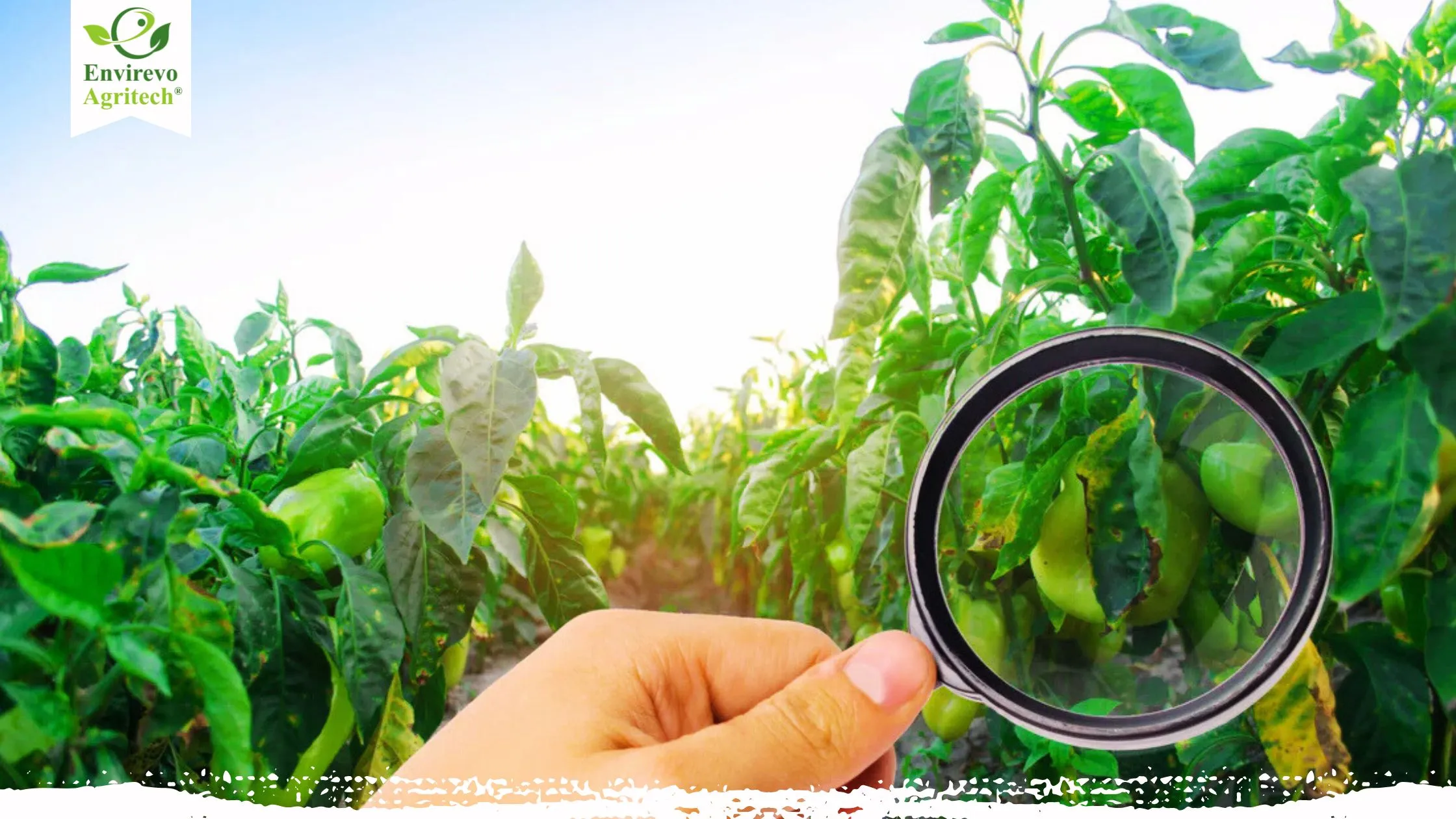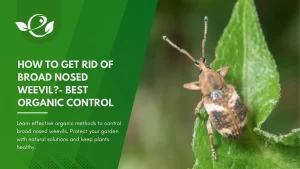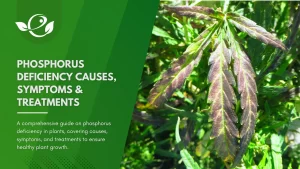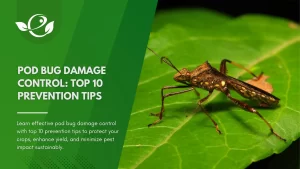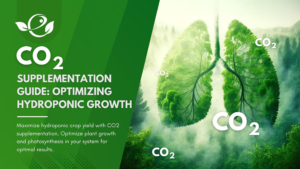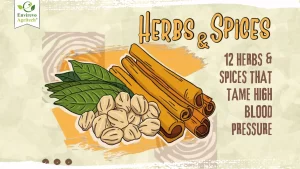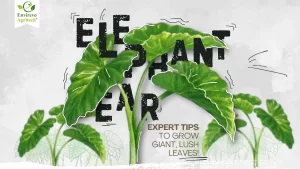Table of Contents
Hydroponics has revolutionised modern gardening by offering a clean, soil-free alternative for growing plants. But even in this controlled, soilless environment, problems can arise—particularly from hydroponic pests. Contrary to the common belief that pests are solely a soil problem, hydroponic systems can attract a variety of insect invaders that threaten crop health and productivity.
In this in-depth guide, we’ll explore why pests appear in hydroponics, how to identify the most common offenders, and what you can do to control and prevent infestations—organically or chemically—without compromising your plants.
Why Do Pests Appear in Hydroponic Systems?
One of the biggest misconceptions surrounding hydroponic gardening is the assumption that it’s pest-free. Without soil, many expect pests to have no place to breed or thrive. However, pests are incredibly adaptable, and hydroponic setups still provide the basic conditions they need: moisture, nutrients, and plant hosts.
Pests can enter hydroponic systems through several pathways:
- Airborne transmission: Small pests like aphids and whiteflies can float in from nearby gardens or fields.
- Contaminated transplants: Bringing in new plants or cuttings that are already infested can introduce pests to an otherwise clean environment.
- Tools and hands: Growers may inadvertently transfer pests using unclean tools, gloves, or clothing.
- Water contamination: Reusing unfiltered water or not sterilizing systems between crops can harbour eggs or larvae.
Environmental conditions in hydroponic systems can also be pest-friendly. High humidity, poor airflow, and warm temperatures—common in indoor grow setups—create ideal breeding conditions. Moreover, without natural predators like birds or beneficial insects, pest populations can increase unchecked. Understanding why these pests appear is the first step toward proactive management. Now let’s identify the major culprits.
Top 10 Common Hydroponic Pests (With Identification Tips)
Let’s walk through the most common hydroponic pests, how to recognise them, and the damage they cause.
1. Aphids
Aphids are small, pear-shaped insects ranging in colour from green to black. They cluster on new growth and the undersides of leaves, feeding on plant sap with their piercing-sucking mouthparts.
Identification Tips:
- Look for curled, yellowed, or distorted leaves.
- A sticky residue called honeydew is a telltale sign, often followed by black sooty mold.
- Aphids are often visible to the naked eye.
Risk: They multiply rapidly and can cause widespread damage within days.

Related: How to get rid of aphids: Best aphids control methods
2. Whiteflies
Whiteflies resemble tiny white moths but behave more like aphids. They fly up in clouds when disturbed and also feed on plant sap.
Identification Tips:
- Yellowing, dropping leaves.
- Honeydew buildup and sooty mold.
- Adults fly around when you shake the plant.
Risk: They weaken plants and transmit diseases like lettuce infectious yellows.

Related: How to get rid of whiteflies: 15 Natural treatment options
3. Fungus Gnats
Fungus gnats are small black flies that often hover near the base of plants. Their larvae are more dangerous—they feed on plant roots.
Identification Tips:
- Adults look like tiny mosquitoes.
- Larvae are white with black heads, found in wet root zones.
- Plants show wilting, stunted growth, and poor nutrient absorption.
Risk: Root damage and algae buildup that attract more gnats.
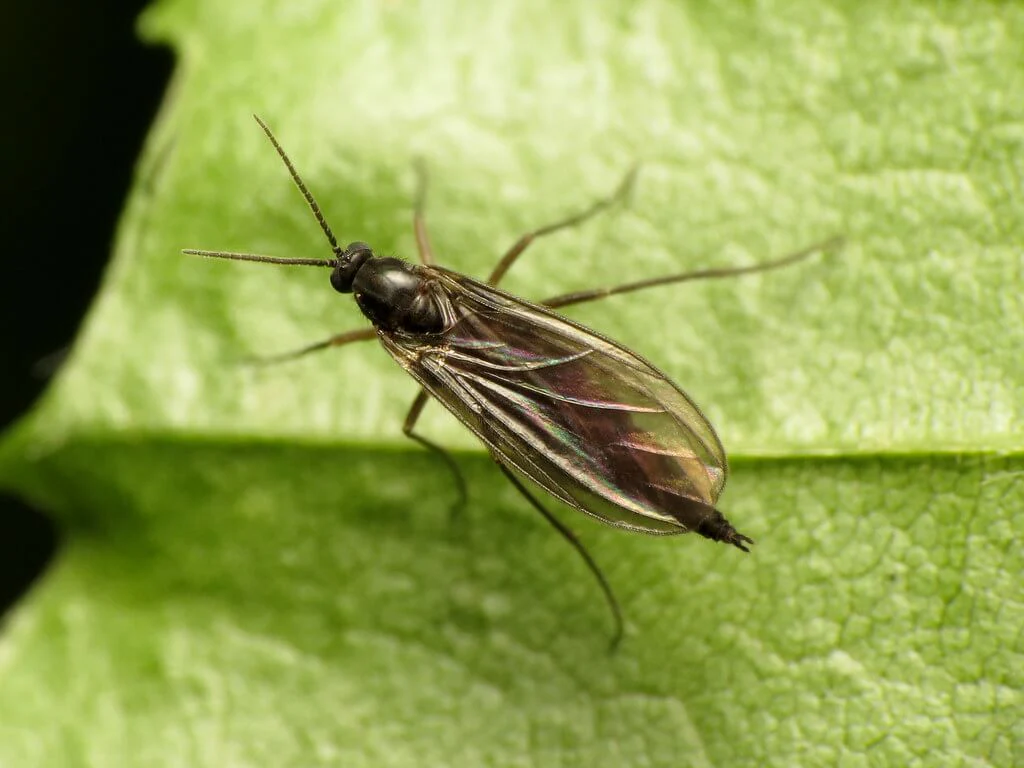
4. Spider Mites
Nearly invisible to the naked eye, spider mites are some of the most destructive pests in hydroponics. They thrive in hot, dry environments.
Identification Tips:
- Fine webbing on leaves and stems.
- Tiny white or yellow spots on foliage.
- Leaves may look bronzed or speckled.
Risk: Unchecked infestations can defoliate entire plants.
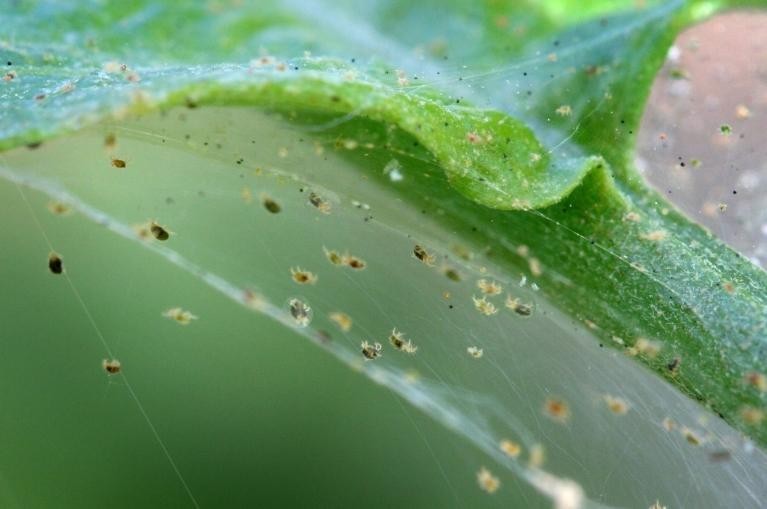
Related: Best spider mites treatment for plants: Best 3 Home Remedies
5. Thrips
Thrips are slender insects with fringed wings that scrape plant cells and suck out their contents.
Identification Tips:
- Silvery streaks or patches on leaves.
- Deformed flowers and curled foliage.
- Hard to spot without a magnifying glass.
Risk: Thrips can transmit plant viruses and deform produce.
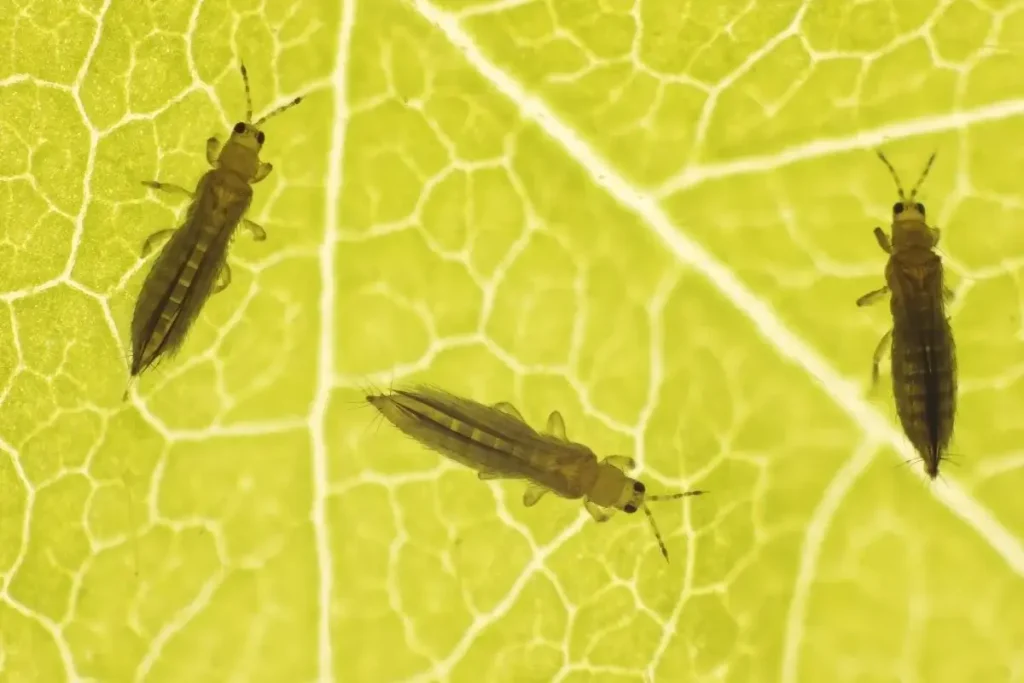
Related: How to Get Rid of Thrips: Best 10 insecticides for thrips
Related: How to Control Chilli Thrips: Best 5 insecticides
6. Mealybugs
Mealybugs are soft-bodied insects covered in white, waxy filaments. They form cotton-like masses in leaf joints.
Identification Tips:
- White, fuzzy clusters on stems and undersides of leaves.
- Sticky sap (honeydew) and black mold.
- Yellowing and wilting foliage.
Risk: They drain plant energy and attract ants.

Related: Mealybugs Treatment: Best insecticide for mealybugs
7. Root Aphids
Unlike regular aphids, root aphids attack plants underground, making them harder to detect early.
Identification Tips:
- Plants appear stunted despite good conditions.
- Roots may show swelling or a waxy coating.
- Root zone inspection reveals tiny aphids.
Risk: Severely reduces nutrient uptake.

8. Shore Flies
These pests resemble fungus gnats but are more robust with short antennae. Adults are harmless, but they indicate poor hygiene.
Identification Tips:
- Found near algae-rich areas.
- Short, fast-moving flies on media surface.
- May spread disease pathogens.
Risk: Sign of excessive organic material and moisture imbalance.

9. Leaf Miners
Leaf miners are the larvae of certain insects that tunnel inside leaves, creating visible trails.
Identification Tips:
- White, squiggly lines inside leaves.
- Thin, papery leaf areas where tissue is consumed.
- Occasional spotting of larvae inside mines.
Risk: Reduces photosynthetic area and plant health.
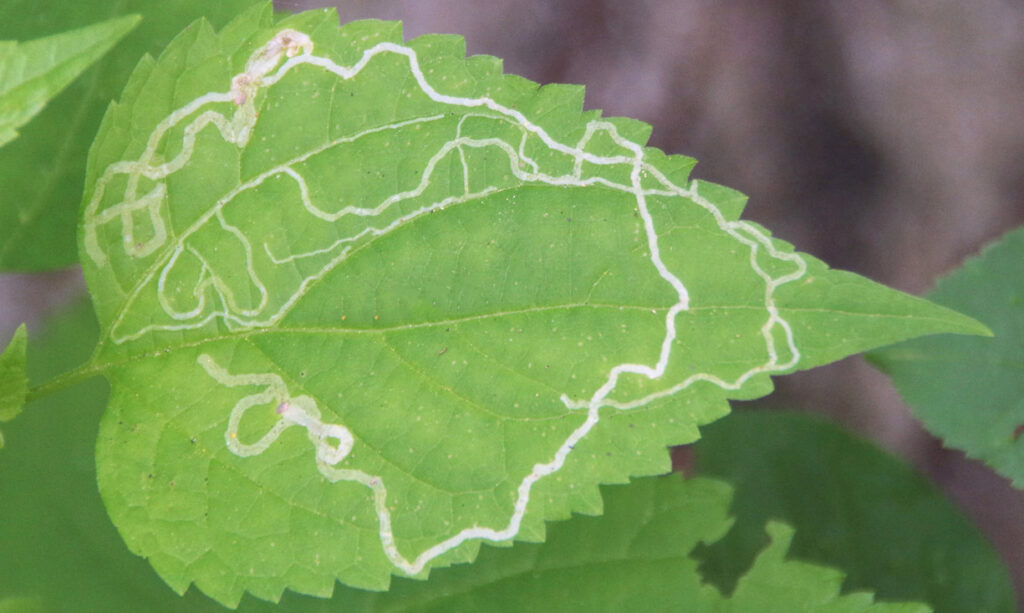
Related: How to Identify & Control Leaf Miner Flies: Best insecticide
10. Broad Mites
Microscopic pests that cause significant damage to young tissue, often mistaken for nutrient deficiencies.
Identification Tips:
- New growth appears twisted, thickened, or stunted.
- Leaves take on a blistered appearance.
- Infestation may be misdiagnosed without microscopic examination.
Risk: Rapidly halts growth and distorts the edible parts of crops.
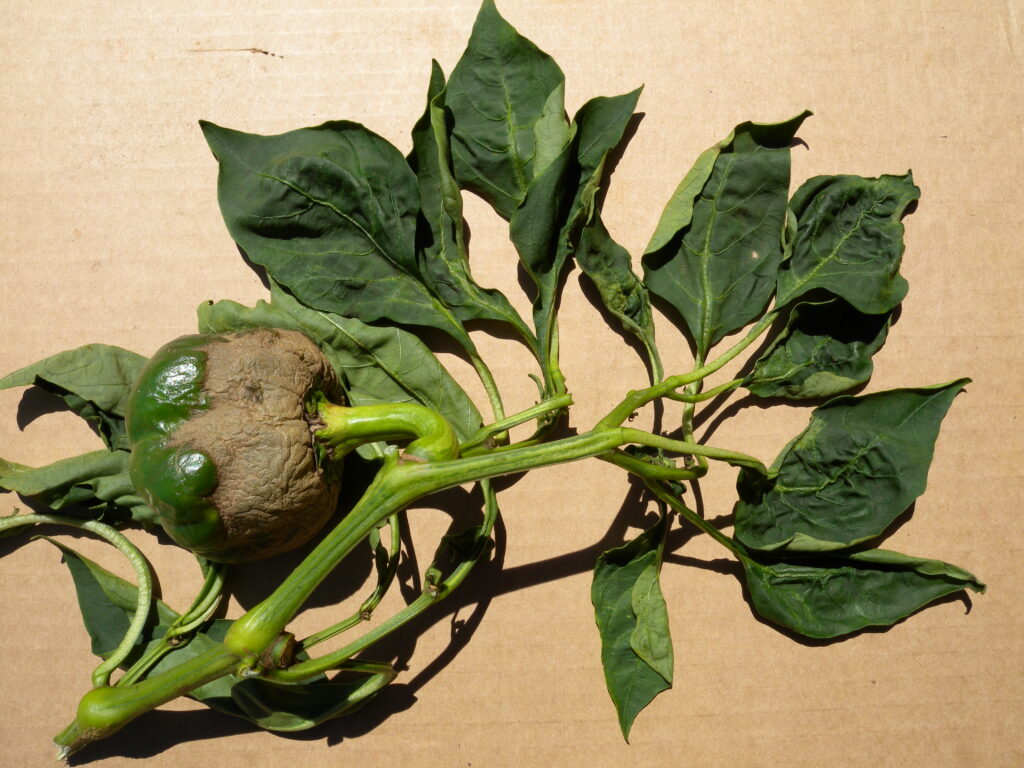
Related: How to get rid of broad mites: Best Broad mite Insecticide
Related: Resolving Nutrient Deficiencies: Troubleshooting Guide for Hydroponic Gardeners
Organic and Chemical Control Methods for Hydroponic Pests
Once you’ve identified the pests in your hydroponic setup, it’s time to act. You can approach pest control through organic, biological, or chemical means, depending on your growing philosophy and crop type.
Organic Control Solutions
Organic solutions are ideal for growers who want to avoid chemical residues and maintain eco-friendly standards. These treatments often require more frequent application but are gentle on plants.
- Neem Oil Spray: Effective against a wide range of soft-bodied insects, including aphids, whiteflies, and mites. Disrupts the hormonal systems of pests.
- Insecticidal Soaps: These target the outer membrane of insects. They work well on contact and are safe for most plants.
- Horticultural Oils: Similar to neem, they smother insects and disrupt their life cycle.
- Diatomaceous Earth: Can be used around the base of plants or on media surfaces to damage pest exoskeletons.
- Sticky Traps: Yellow and blue sticky cards are effective monitoring tools and help reduce adult populations of whiteflies and fungus gnats.
Biological Controls
Nature has its own pest control system: predators. Introducing beneficial insects into your hydroponic system can control populations without chemicals.
- Ladybugs: Excellent at controlling aphids.
- Predatory Mites (Phytoseiulus spp.): Hunt spider mites.
- Nematodes: Beneficial microscopic worms that prey on fungus gnat larvae.
- Encarsia Formosa: Tiny parasitic wasps that lay eggs inside whiteflies.
Maintain conditions favorable to these predators and avoid using chemicals that could harm them.
Chemical Control Options (Use with Caution)
Sometimes infestations grow beyond the reach of organic methods. In such cases, hydroponic-safe insecticides can offer a last line of defense.
- Choose products labeled as safe for edible crops and hydroponic use.
- Follow application instructions precisely—overuse can damage plants or lead to resistance.
- Always isolate treated plants from the main system if possible.
- Use during early or late hours to avoid leaf burn from light exposure.
Common chemical options include:
- Pyrethrins (short residual effect)
- Spinosad (broad-spectrum)
- Imidacloprid (systemic, use with caution)
Purchase High-quality Hydroponic Nutrient Solution for Leafy Greens and Herbs
Preventing Pests in Hydroponic Systems
Prevention is always better than cure, especially in hydroponics where pests can spread rapidly.
Best Practices for Pest Prevention:
- Sanitize Everything: Disinfect tools, trays, and containers regularly. Sterilize the entire system between crop cycles.
- Use Pest-Free Transplants: Always inspect new plants or clones thoroughly. Avoid accepting plants from unknown sources.
- Sticky Trap Monitoring: Place sticky traps strategically to catch early signs of pest populations.
- Control Humidity and Airflow: Keep your grow room within optimal temperature and humidity ranges. Stagnant, humid air invites fungal gnats and mites.
- Seal the Grow Space: Use screens on vents and filters to limit pest entry. Keep doors and windows closed or screened.
- Quarantine New Additions: Isolate new plants for at least 5–7 days to ensure they’re pest-free.
Final Thoughts: Keep Hydroponic Pests Under Control
Hydroponic gardening offers many advantages—faster growth, cleaner produce, and space efficiency—but it doesn’t make you immune to pests. From the tiniest broad mite to the persistent aphid colony, hydroponic pests can sneak in and disrupt your entire system if you’re not vigilant.
Successful pest management is built on a three-part strategy:
- Identification: Know the enemy.
- Control: Use appropriate organic, biological, or chemical measures.
- Prevention: Create an environment that discourages pests.
With the right tools, knowledge, and consistency, your hydroponic garden can remain a healthy, high-yielding space. Keep learning, monitor regularly, and don’t hesitate to act early.
